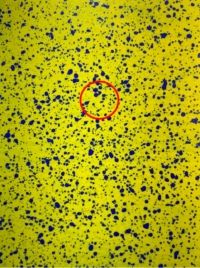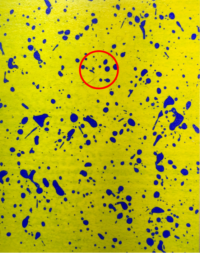It seems like nothing is simple anymore. After the introduction of glyphosate tolerant soybeans in the mid-1990s, herbicide applications where somewhat simplified. In recent years, with newer herbicide tolerant soybeans and the ever evolving weed resistant population, soybean herbicide operations are becoming increasingly complicated again.
Before new herbicides are released into the commercial market, extensive research is completed to ensure optimum performance. It’s these trials that populate recommendation of State and Federal labels, such as wind speed, plant back restriction and application rates. For an herbicide to be effective against an emerged weed, a certain concentration of the active ingredient (A.I.) must contact a weed’s vegetative leaf and be absorbed into the plant. Post-applied herbicides can be categorized into two types: contact and systemic.
A contact herbicide is when an A.I. actively damages the leaf tissue through direct contact. These herbicides come with recommended high application volume and several droplet touch points across a leaf and plant to effectively terminate the weed. These herbicides will only impact the cells they touch. Therefore, inadequate cover is experienced, and a weed can offset the damage and continue growing.
A systemic herbicide is when an A.I. enters a leaf tissue and is transported throughout the plant. Moderate application volume is recommended for these herbicides. Bigger droplet sizes touch the leaf surface and allow an A.I. concentration level to effectively terminate the weed.
It’s important to match spray tips to the appropriate herbicide that’s being sprayed. Not only is tip selection important to effectively terminate a weed, but it can also influence off target damage. Below are three examples of the different tip sizes that are recommend for specific herbicides in Illinois. The blue die mimics the droplet size that is applied to a weed. For example, the TTJ60 provides several small droplets to deliver the best coverage of a given area, where TTI provides fewer droplets in an area but will offer a higher volume to be observed and translocated. For more details review herbicide labels and visit TeeJet.

TTJ60 Spray Tips:
AIXR Spray Tip:
TTI Spray Tip:





 and then
and then